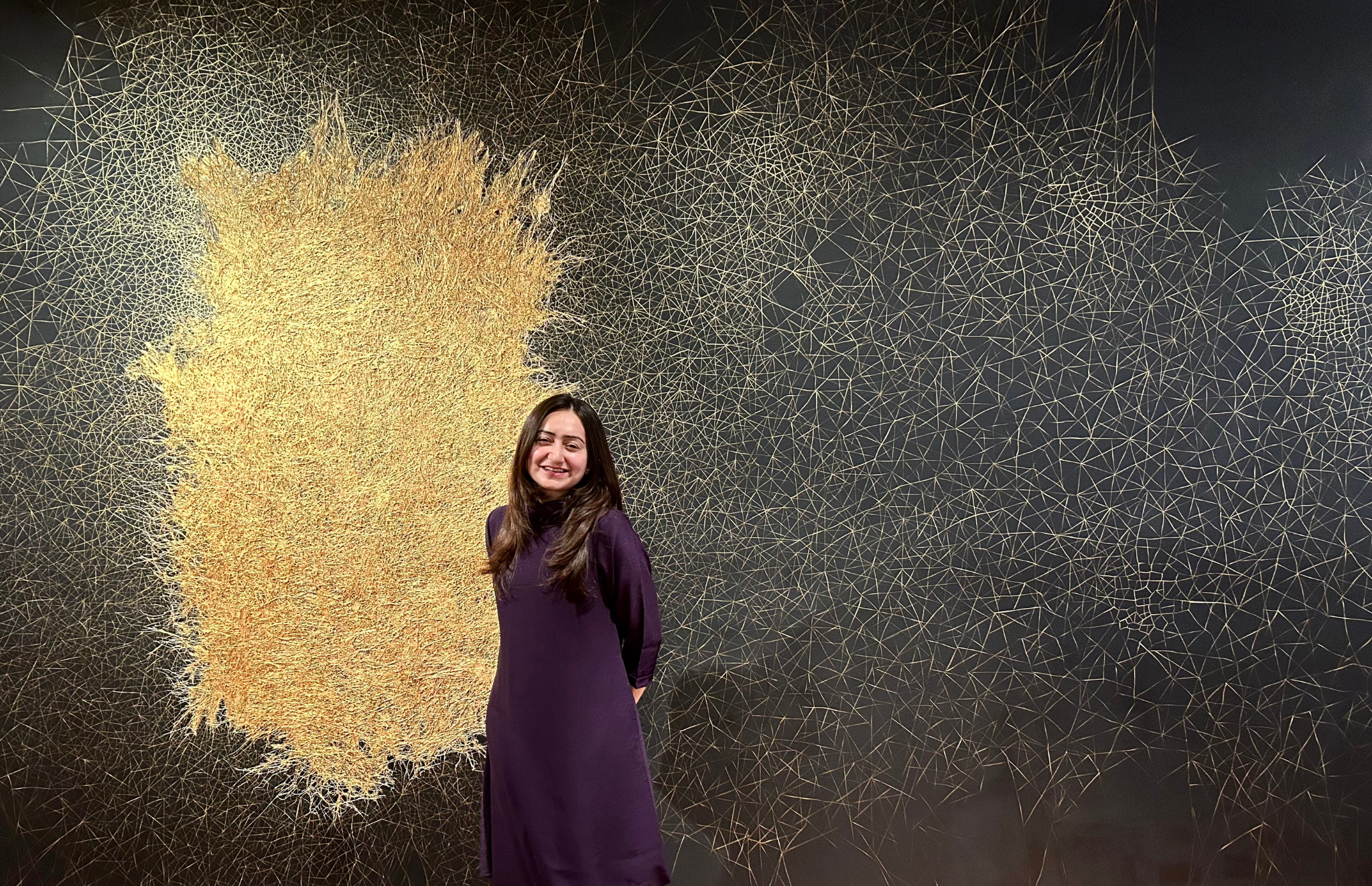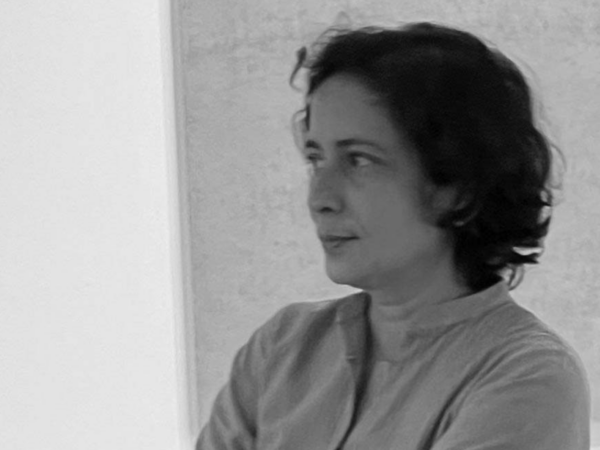Matthias Pliessnig’s inclination towards art was omnipresent, even at an early age. In 1997, he enrolled at the Kansas City Art Institute (KCAI), planning to study painting. In his first year, he was introduced to geometry in a three-dimensional manner that he had not previously experienced and was immensely fascinated. He then transferred to the Rhode Island School of Design (RISD) shortly before graduating from KCAI. There, he enrolled in a Furniture Design program and learned how to use wood. Creating curves and understanding how to create structures using those curves to build furniture became his focus.
In 2005, he enrolled in a Graduate program at the University of Wisconsin – Madison, where he spent his time steam bending wood and experimenting with various structure systems and sculptural forms. He was simultaneously building a boat too and taking a class in computer modeling using Rhino which eventually became pivotal to his work with wood. Pliessnig felt there is much more improvisation to the bending, more like sculpting a curve by understanding the material characteristics rather than forcing the material.

SP: Your interest in marine designs is evident in the steam bending techniques you have employed in your work, Drift. What are the interjections between marine design and furniture functionality that you investigate through your designs?
MP: Boat building has taught me many things over the years. How to use curves in an improvised manner, the strength of compound curves, and how to utilize them. A large portion of building a wood boat involves trusting your eyes and not relying on measurements for everything. Boat building has also taught me to finish the interior of my work to the same level as the exterior.
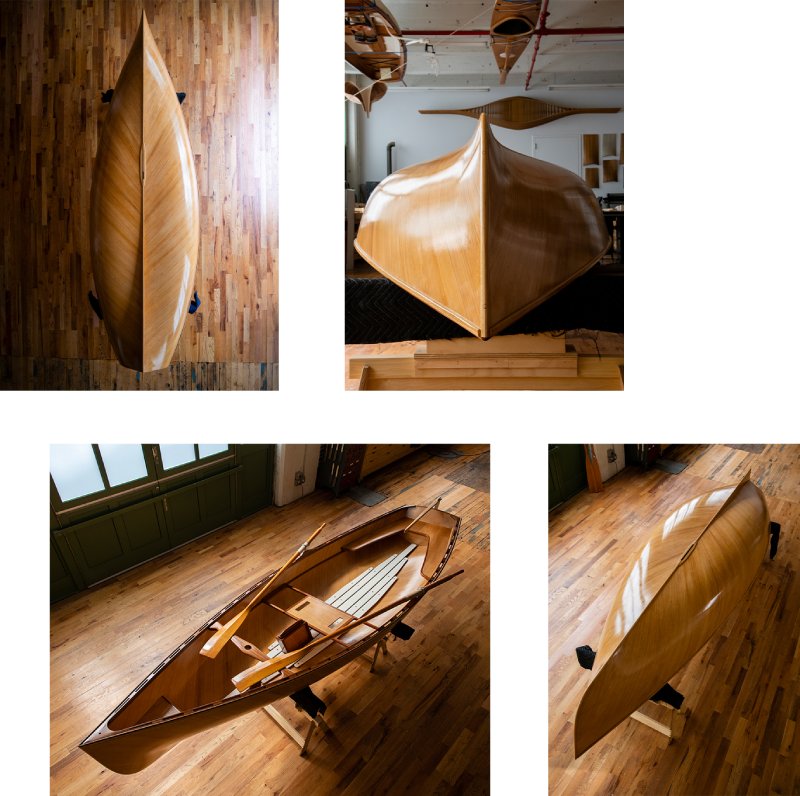
SP: We’ve observed that your medium has persistently been wood. Why is that, furthermore would you prefer to experiment with any other medium, and why?
MP: I was honestly bored with wood before I learned how to steam bend. Steam bending wood is like drawing in space. The curves are naturally fair if bent properly, and wood simply feels better than any other material I’ve used. Because the grain quality is very important for steam bending, I select the logs myself, cut the boards into strips, and prepare them for bending.
I am a part of every process from start to finish. It’s difficult to find that connection with a material, and I still find new ways to use it.
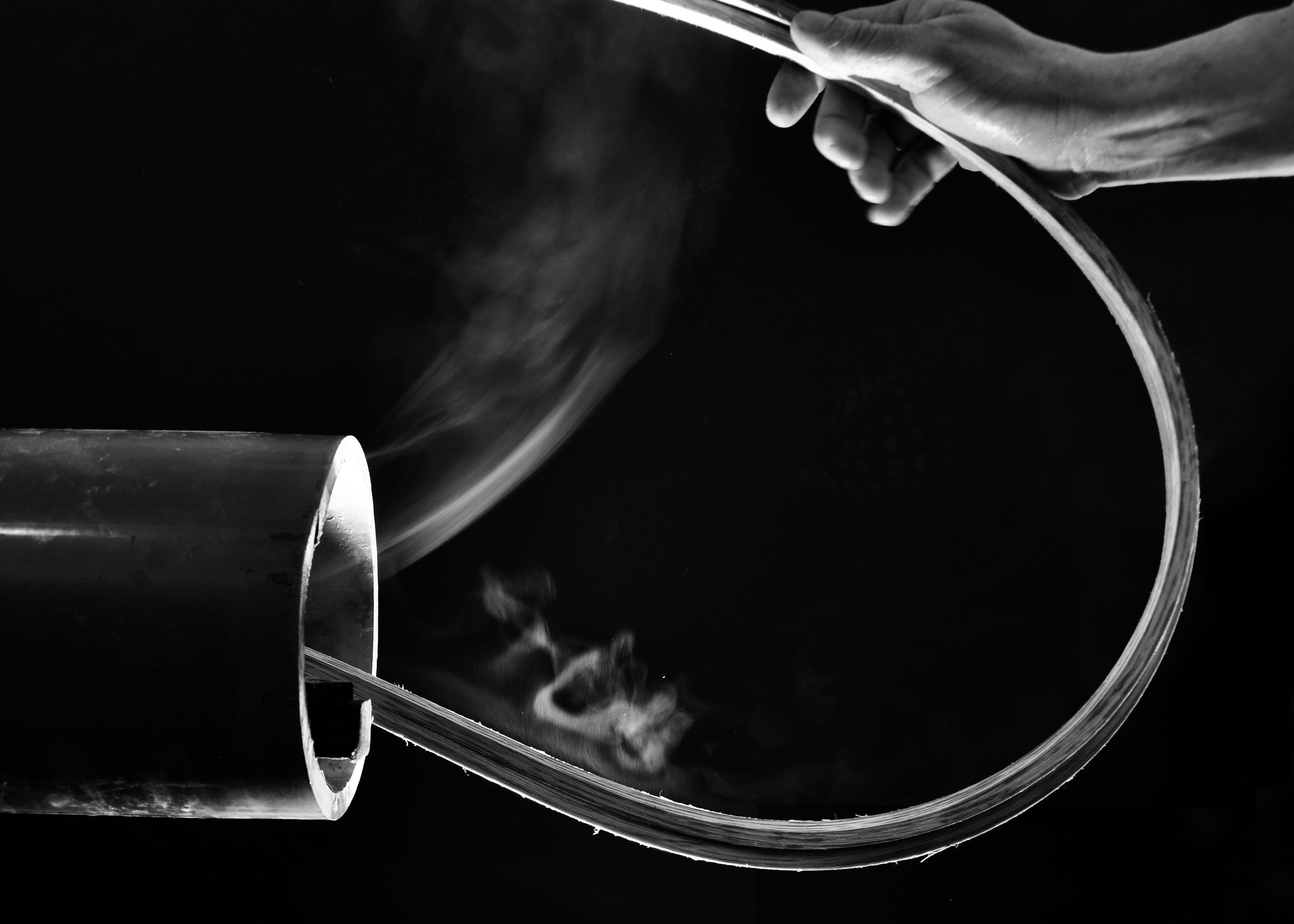
SP: It has been refreshing to see that you have worked on redesigning the Alliance Theatre in Atlanta. A place that has a complex history of racial segregation and prejudice. What inspired you to envision that project and what were the challenges that you faced?
MP: The most challenging aspect of this project was working within the acoustical parameters. Although I enjoyed designing the theater, the team selected to build it was not a good choice. This was the first and last project that I did not build myself.
SP: Every piece of furniture and architecture has a semblance of collective human consciousness. What are your thoughts on this ideology?
MP: I think the objects we design and create are an evolving reflection of a society’s past and future, for better or worse. There is also a collective consciousness regarding the tools we use and the tools we want to use.
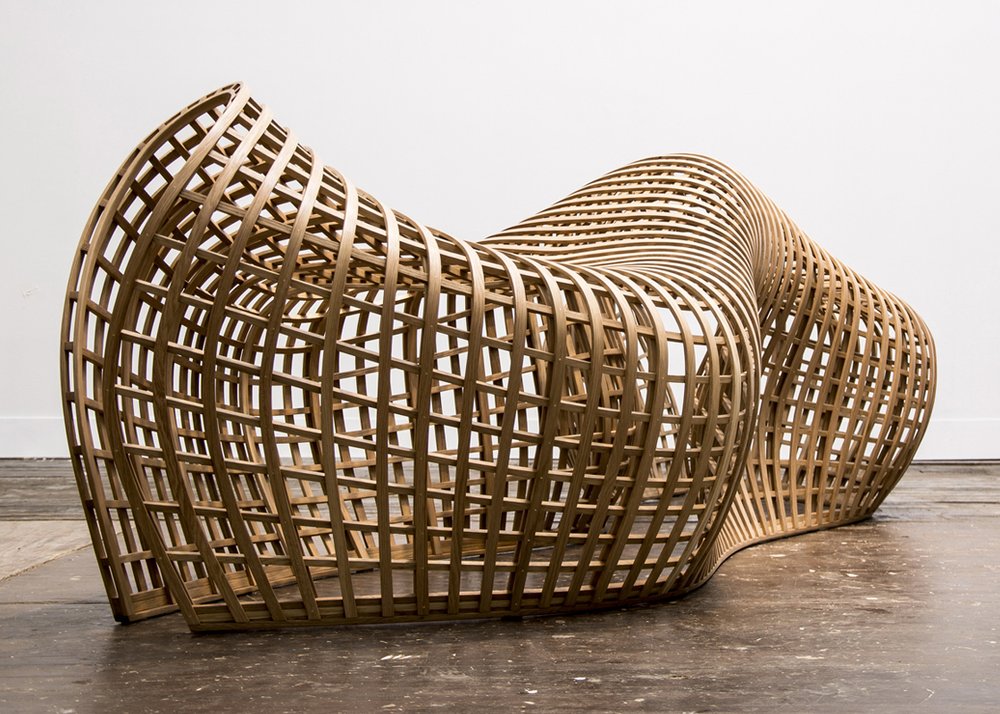
SP: Who are some of your favorite designers and artists that inspired you to experiment more with your craft and artistic sensibilities, and how?
MP: My earliest inspiration was Martin Puryear. His work did not have a definition in my mind. It was a blurring of everything I was interested in, without being beholden to one label. The things that inspire me the most are, the way a boat moves through water, how a plant grows and unfolds to collect the sun, or how the wind would look if we could see it.
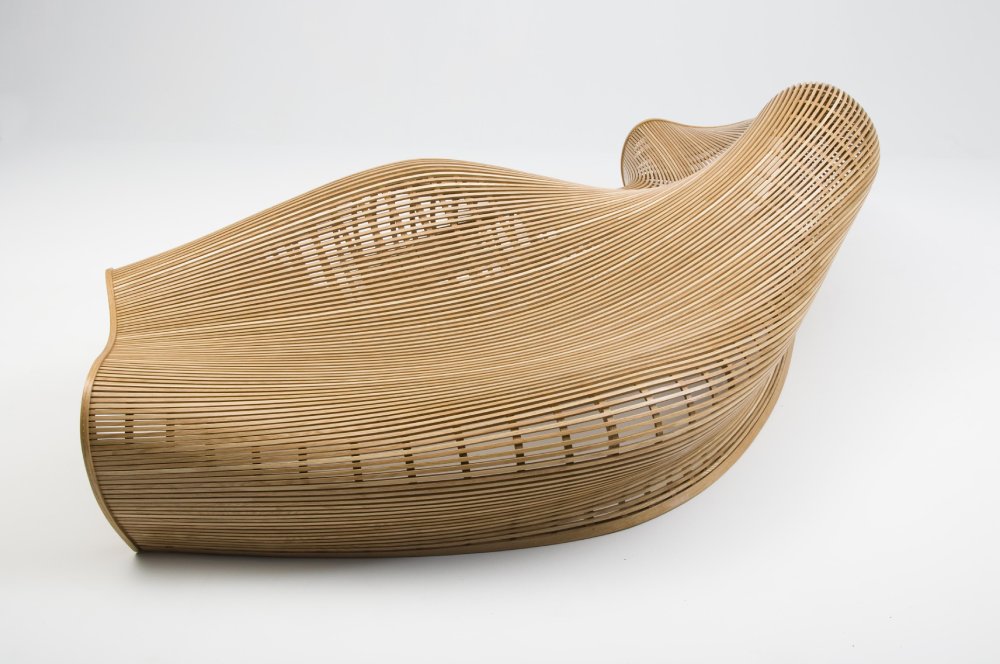
SP: Your designs are a balanced synthesis of software technology like Rhino 3D amongst others. Do you feel the future of furniture design will be more inclusive of technology, whilst aiming for ecologically sustainable practices?
MP: The balancing act of computer software and building is difficult to achieve. The sense of scale and human interaction is lost on the screen, and sometimes needs to be adjusted or fixed after the thing is made. My process involves creating the concept in Rhino, however when I build the mold to create the piece, it is a flexible mold.
Even today, I build a full-scale mold using Rhino, knowing that I will make changes to it, once it is in front of me. The mold for me, is a full-size sketch that I can walk around and I can experience the nuances of. I will spend days modifying the nuances until it feels right.
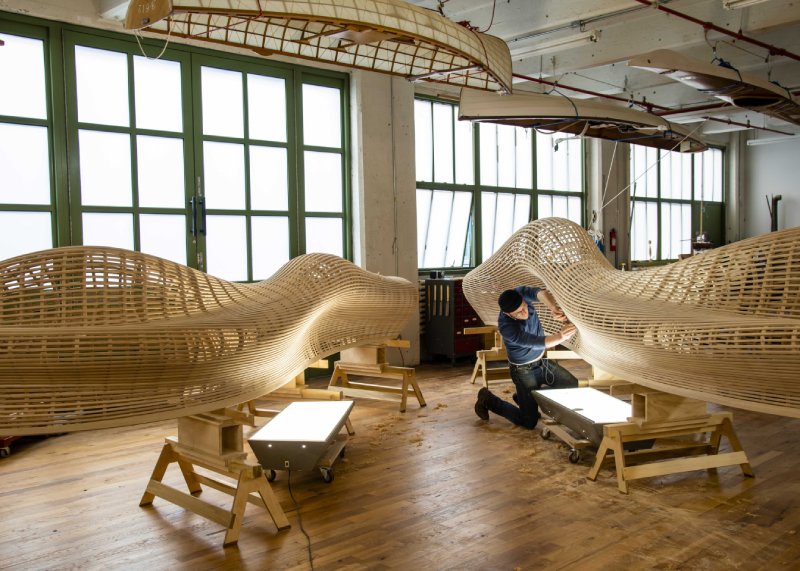
SP: Would you like to tell us about any of your ongoing projects?
MP: I am currently working on a sculpture which will hang in the atrium of a residence. The piece is challenging due to closed form, making sanding/finishing something I need to plan in advance.
SP: Would you like to share a piece of advice for emerging designers and artists?
MP: Gather your inspiration from the world around you and do not focus on trends. Find the things that you’re genuinely curious about and learn more about them. Trust your intuition and follow each twist and turn. I’ve found that working through a concept can feel like a meandering path, with many dead ends. Eventually, as ideas become exhausted the mind focuses on the core elements that matter. And sometimes, if you zoom out, that path is one big circle.
Image Courtesy: Matthias Pliessnig
Art Research: Asmita Singh
Find out more about the artist and his artworks:


